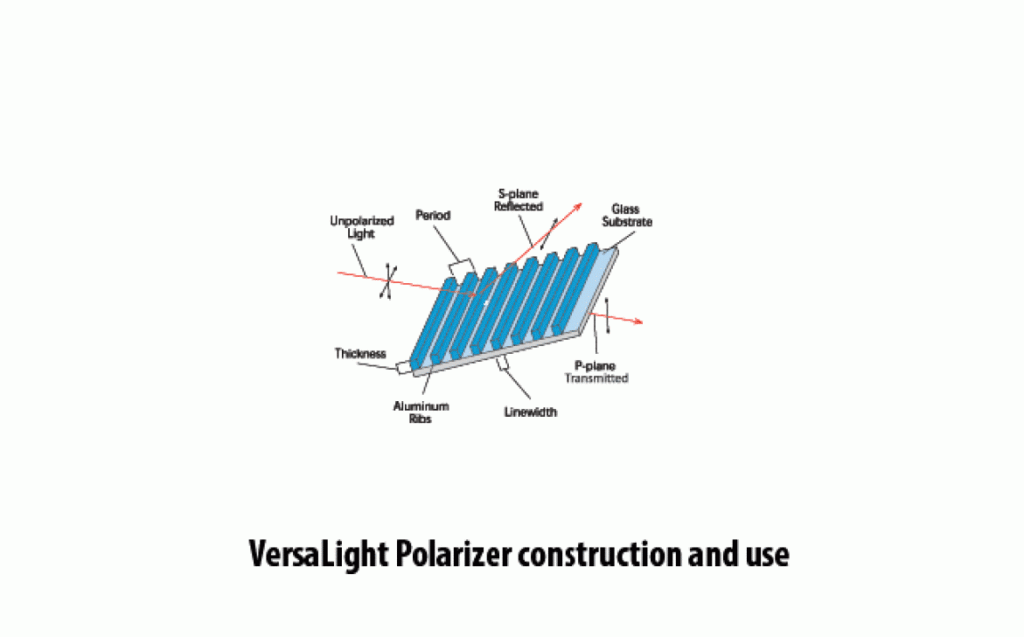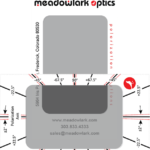Liquid Crystal Operating Principles
Meadowlark Optics DOWNLOAD PRINCIPLES Liquid Crystal Variable Retarders are solid state, real-time, continuously tunable waveplates. Nematic liquid crystals are birefringent materials whose effective birefringence can be changed by varying an applied voltage. Meadowlark Optics Liquid Crystal Retarders are constructed using precision polished, optically flat fused silica windows spaced a few microns apart. The cavity is […]
Liquid Crystal Operating Principles Read More »


